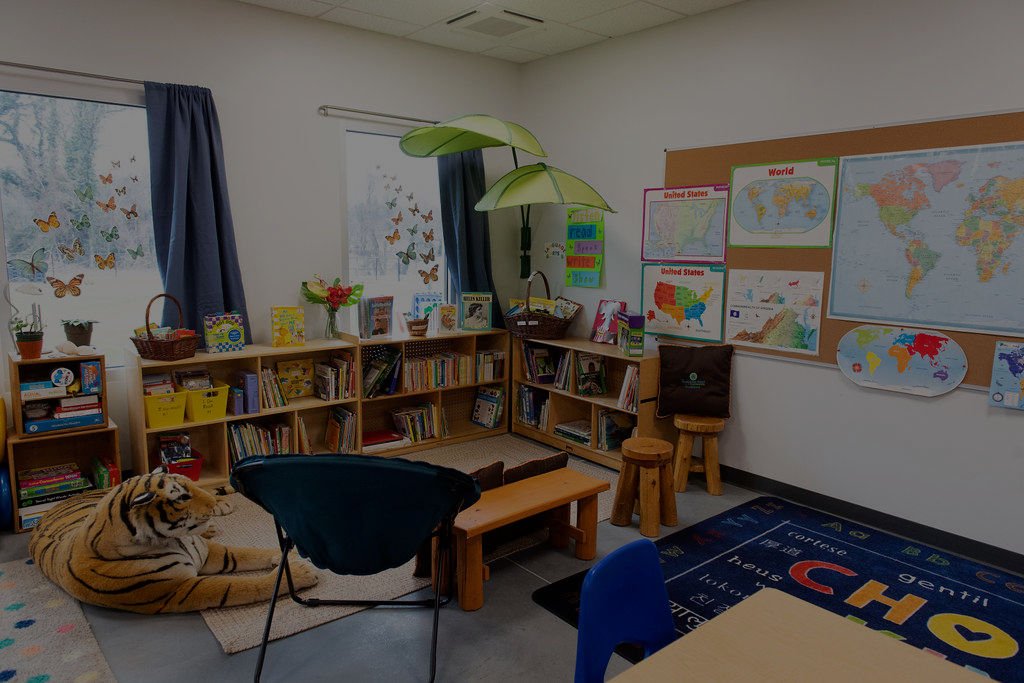
Pedagogy
At the International School of Charlottesville, the new language is not introduced as a separate subject, but is an intrinsic part of the learning environment. In an immersion program, the teachers communicate with the children predominantly (but not exclusively) in the target language. As the children work and play in this new environment, the target language gradually becomes a means of communication at school, and potentially, in your home.
ISC faculty facilitate a constructivist, responsive approach to learning, that is suffused with interactive, student-centered bilingual experiences. Seizing upon the diverse cultural and educational backgrounds of our teachers, the ISC embraces and incorporates elements from Reggio Emilia, Montessori, and Waldorf schools for our littlest learners, along with project-based learning experiences based on International Baccalaureate principles. In order to process new information and acquire new skills, children must explore with their whole being; thus educators follow children’s interests to create an emergent curriculum that unfolds with structured, immersive language support. Art, music, nature, mindfulness, and imaginative play are among the ingredients with which ISC students co-construct their multicultural understanding of the world.
The classroom is a place where the children feel respected, happy, and challenged in a positive way. Here the children are able to explore and create on their own, with other children, or with adults. The classroom is primarily child-centered, such that the interests and needs of the children determine which activities are offered. The teachers plan developmentally- appropriate activities, and respect and develop children’s interests and skills. They promote the physical, social, emotional, and cognitive development of each child. Each child is an individual and is accepted as such. In order to allow each child to grow at his/her own rhythm, the classroom is organized around learning centers where the children can explore, discover, interact, and create with various materials, using all parts of their minds and bodies. Typically, the classrooms are divided into a variety of “engagement centers,” including a center where children explore spatial relationships and number concepts; a center where they explore and create with various art media; a center for interaction, dramatic play and language; and a center for the development of pre-reading and pre-writing skills. The centers help the teacher organize the space and help the students orient themselves within the classroom. It is understood that although the centers have a general focus on activities or skill development, the children will learn a variety of competencies in each center. The classroom is a multi-age classroom where children gain good experience in developing social relationships, and teachers have the creative freedom, and pedagogical obligation, to tailor curricula to the needs and interests of the children.
ISC is committed to educating its students in an environment where diversity and inclusion are embraced and celebrated. In the face of our recent rapid growth, ISC’s administration and Board of Trustees have taken measures to attract students from a wide variety of backgrounds, offering tuition assistance to the families who need it, both in the form of scholarships and mutually enriching work-for-tuition cooperative agreements with families who want and are able to contribute time and talents to the school.
Our curriculum encourages the development of all aspects of learning through developmentally appropriate activities. Each day is a well-balanced mix of child-initiated and teacher-directed play. Paired- and group-interactions foster pro-social behavior and problem-solving skills. A predictable yet flexible schedule allows children to learn and play in a safe and nurturing atmosphere.
